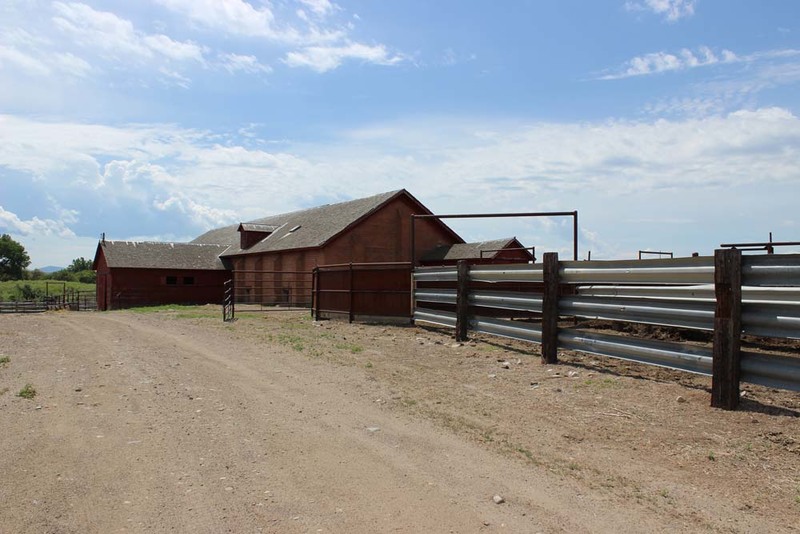
Before modern refrigerators, ice provided a primary means of keeping food fresh. Each winter, troops would harvest ice from the nearby Beaver Creek reservoir, the Milk River, and Milk River tributaries. The work required specialized tools, including ice saws and ice hooks, and hard labor. Separating blocks of ice from the frozen stream and hauling them back to the fort was back-breaking, miserably cold work and possibly an enlisted man’s worst duty. Insulated in the ice house (typically with hay), the ice sat until needed. Among other uses, each officer received a daily allotment for his ice box. The fort’s first ice house was a primitive frame structure, constructed partially underground in 1884. Two other ice houses (built in 1886 and circa 1889) followed, before troops constructed this sturdy, two-story building in 1904-1905. Engineered to hold up to 100 tons (200,000 pounds) of ice, the structure has a massive stone foundation, load-bearing brick walls at least five courses thick, and regularly spaced buttresses to help support the walls. The wooden entry wings date to the 1920s, when the agricultural station converted the building into a barn.
Images
